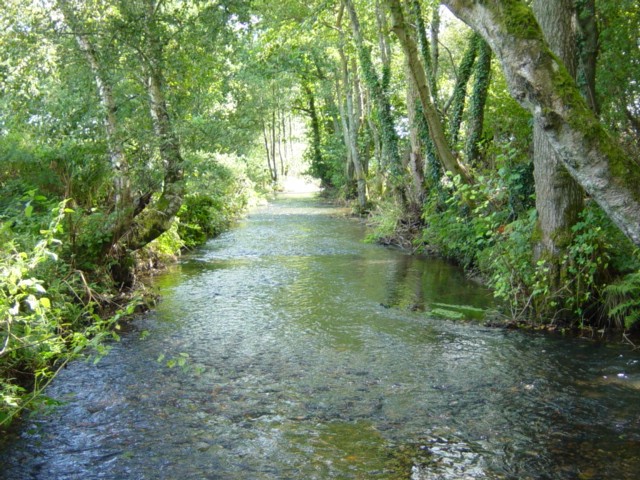Largest set of food webs created for rivers and streams in the UK
- Thursday, September 27, 2018
Tadnoll Brook, one of the streams studied. Photo credit: J.I. Jones
Dr Daniel Perkins from the Department of Life Sciences has conducted a new study that has produced the largest set of food webs, a road map of organism’s diets, for streams and rivers across the UK.

Over the past decade, thirty-one streams were sampled, ranging from small streams of the Scottish highlands to the lowland rivers of South East England, and thousands of aquatic bugs and fish were caught and identified. Brown trout were the largest and most common organisms found living within these streams. The Research team were able to determine what they had been consuming by examining their stomach contents throughout the year. Whilst in the winter months trout mostly rely on insects that live within the stream, during the summer as much as 90% of trout diet comes from insects living on the land that fall onto the surface of the water.
Dr Perkins said “Feeding on terrestrial bugs allows trout to reach much higher abundances than you would expect based upon energetic models. Brown trout can be found in at least 59 countries across the globe and are an economically valuable resource; this supplement to their diet might play some part in explaining their widespread distribution.”
To find out more about the study, read the article here.
Staff in the Department of Life Sciences undertake world-class research which changes lives and furthers our understanding of science. It offers an undergraduate course in Biological Sciences, and Zoology alongside a range of other undergraduate and postgraduate degrees.